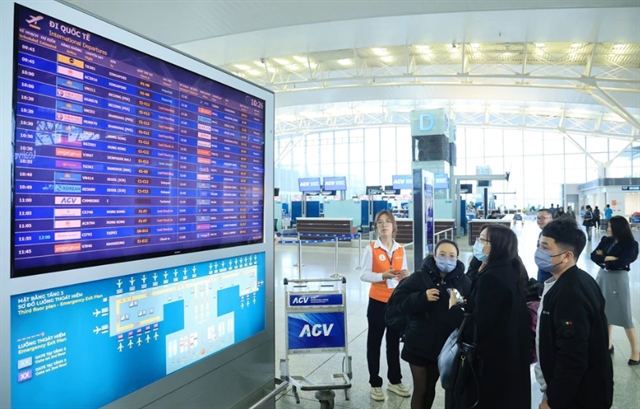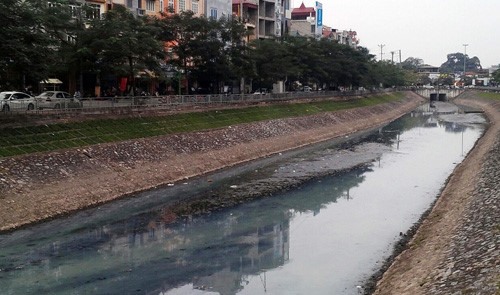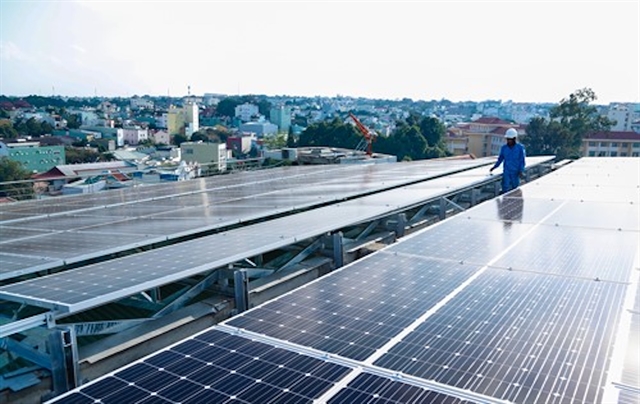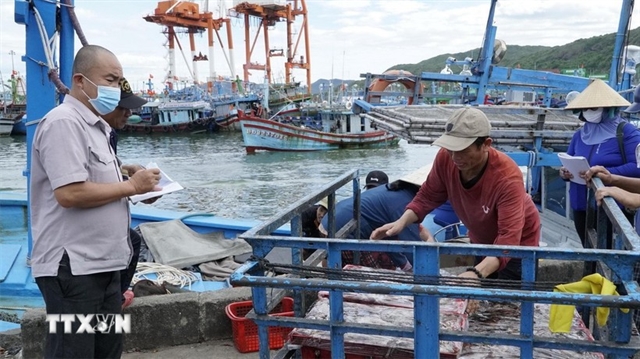 Environment
Environment

The water quality of lakes, rivers, streams and canals in Việt Nam is seriously degrading. Water in urban areas and industrial zones poses risks to human and aquatic animals.
 |
| Rivers such as Tô Lịch, Sét and Kim Ngưu in Hà Nội have become sections of the city’s waste water drainage system. – Photo thoibaotaichinhvietnam.vn |
HÀ NỘI – The water quality of lakes, rivers, streams and canals in Việt
Rivers such as Tô Lịch, Sét and Kim Ngưu in Hà Nội have become sections of the city’s waste water drainage system.
The information was revealed yesterday in a water pollution report conducted by the Coalition for Clean Water and the Centre for Environment and Community Research (CECR) under the Việt Nam Union of Science and Technology Organisations.
The report includes careful research and analysis of legal policies on protecting the surface water environment, building a model to approach the ecosystem and promote measures to prevent and control pollution, said Nguyễn Ngọc Lý, CECR director.
According to the report, 70 per cent of waste water released from industrial parks is discharged directly to the environment without treatment.
The World Bank estimated that some 90 per cent of domestic waste water in Vietnamese urban areas is untreated before being discharged to the environment.
Other sources of water pollution come from redundant fertilizers and pesticides in agricultural production.
More than 20 per cent of households nationwide have to use polluted water from lakes, ponds and canals.
Water pollution causes economic losses and affects human health. According to WHO and UNICEF, in 2011 Việt
Waste water treatment systems have not met demand in urban areas. There are currently 29 waste water treatment stations operated in big cities like Hà Nội,
As the urban population is predicted to continue to increase from 35 million people in 2015 to 52 million in 2025, the pollution of lake, river and canal water will become more severe unless management measures are taken, the report says.
Legal system needs to be strengthened
Nghiêm Vũ Khải, Vice President of the Việt Nam Union of Science and Technology Organisations, said that the management of water pollution is a complicated field that has not received sufficient attention.
It is urgent to implement water pollution management in the legal system and compile relevant laws, he said.
The report assesses that the legal system on the environment and law enforcement in Việt
At the report-launching ceremony yesterday, the environmental experts proposed adding regulations related to water zone categorization, monitoring licensed waste-releasing units and supervising water releasing standards.
Water pollution is the biggest obstacle to the country’s sustainable development. A comprehensive long-term strategy for water management including policy establishment and detailed action plans is needed.
The report proposes the Ministry of Natural Resources and Environment craft a law on the management of water pollution for the 14th National Assembly programme.
Researchers of CECR recommended a system (a website or smartphone application) which provides and receives water pollution information and data. - VNS

.jpg)


